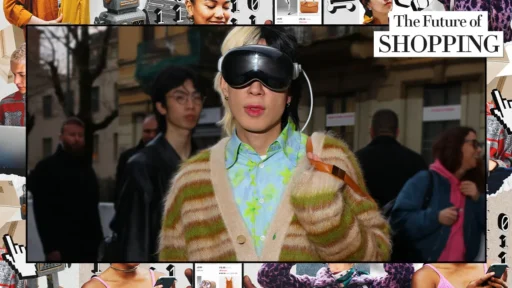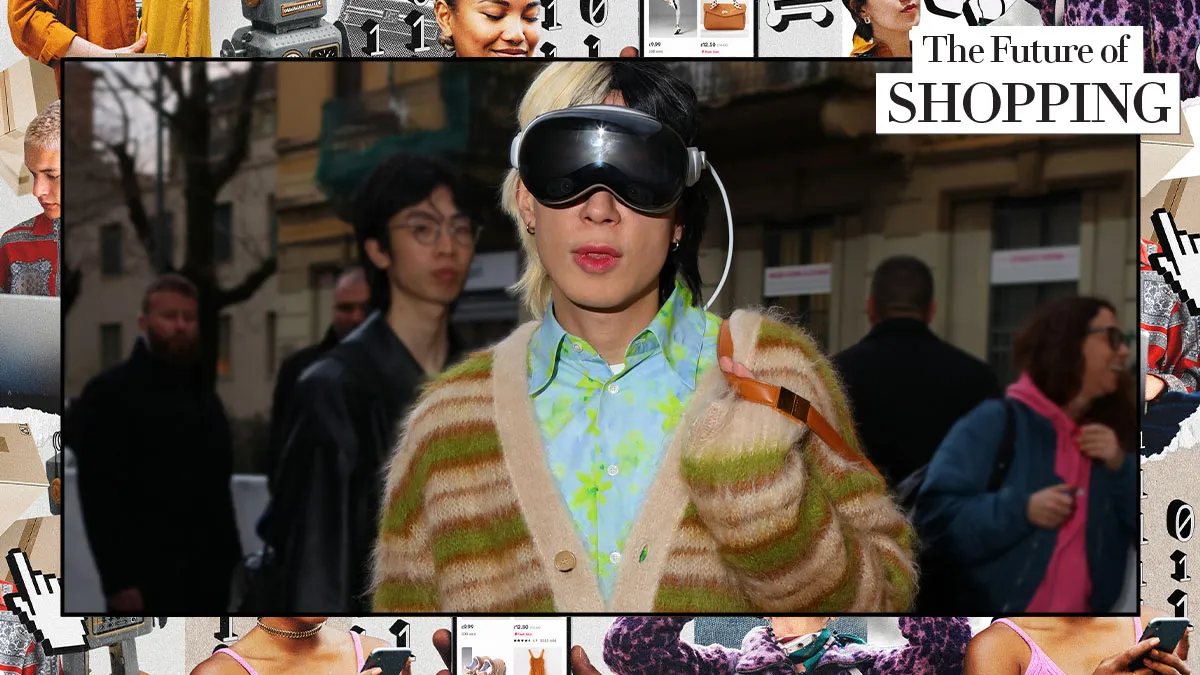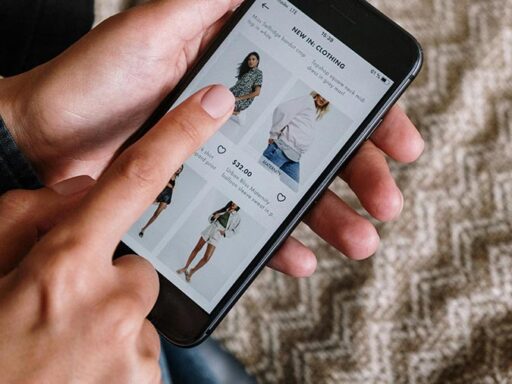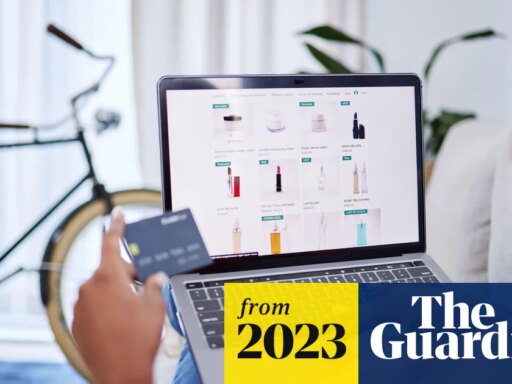The arrival of generative artificial intelligence means a step change in the evolution of data science, making it easier for more people to take advantage of AI more quickly. It’s about time. “AI is a no-brainer,” Chen says. “It’s kind of like water.” He sees specific opportunities in merchandising, pricing, better labour allocation, robotics and micro-fulfilment, inventory management, fraud detection and personalisation. Plus, it’s easier for customers to use too, in arenas such as customer service or clienteling, or even product discovery. “People are programmed to search by keyword, but we don’t really talk that way,” says Chen.
The big “if”, he adds, is if companies have sufficient data to train the AI. Al tools also require an ‘HITL’, or ‘human in the loop’, with parameters and exceptions that are both programmed and monitored. “They have to be very tailored,” he says, pointing to risks such as privacy and bias. To that end, multiple global governments are in various stages of enacting legislation that is set to go into effect in the coming years.
“Despite challenges such as integration and legal concerns, these innovations are quickly being adopted, particularly by younger brands, signalling a shift towards AI-integrated operations within the next five years,” adds Hilsum, who most recently co-founded consultancy StudioThree to advise fashion-tech startups and investors. (She previously led Farfetch’s startup accelerator.) Tech companies are also angling to help, ranging from big, generalised tech providers such as Google, OpenAI, Amazon and Meta to more specialist startups.
“AI becomes the new UI”, Garf says, referring to ‘user interface’, which became a popular focus as websites and apps became increasingly refined. “Now it’s all about ‘immersive’, and it’s super interesting to think about. Every way along the horizon, there has been a very standard way that people browse and shop and buy. Now we are throwing in a whole new interface around conversations that will cause fashion and apparel and brands to rethink how they help the consumer around that shopping journey.”
New business models are social and sustainable
The habit of going to the mall to socialise has ceded real estate to digital platforms such as Roblox, Instagram and TikTok, where influence and loyalty face a more nebulous trajectory. Gen Z no longer considers frequent purchases a barometer of loyalty; now, they just think it means being a fan of the brand, especially on socials, according to research from youth culture agency Archrival. The influence of Web2’s influencers, it’s worth noting, is not fading — rather, it’s changing.







